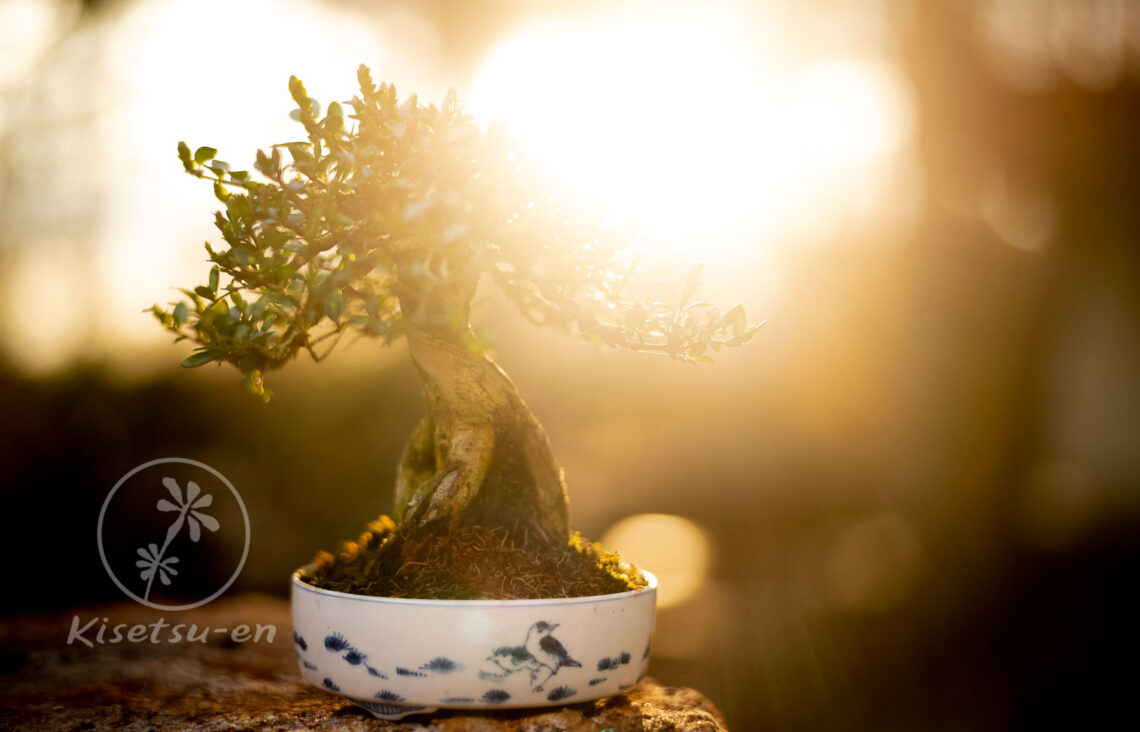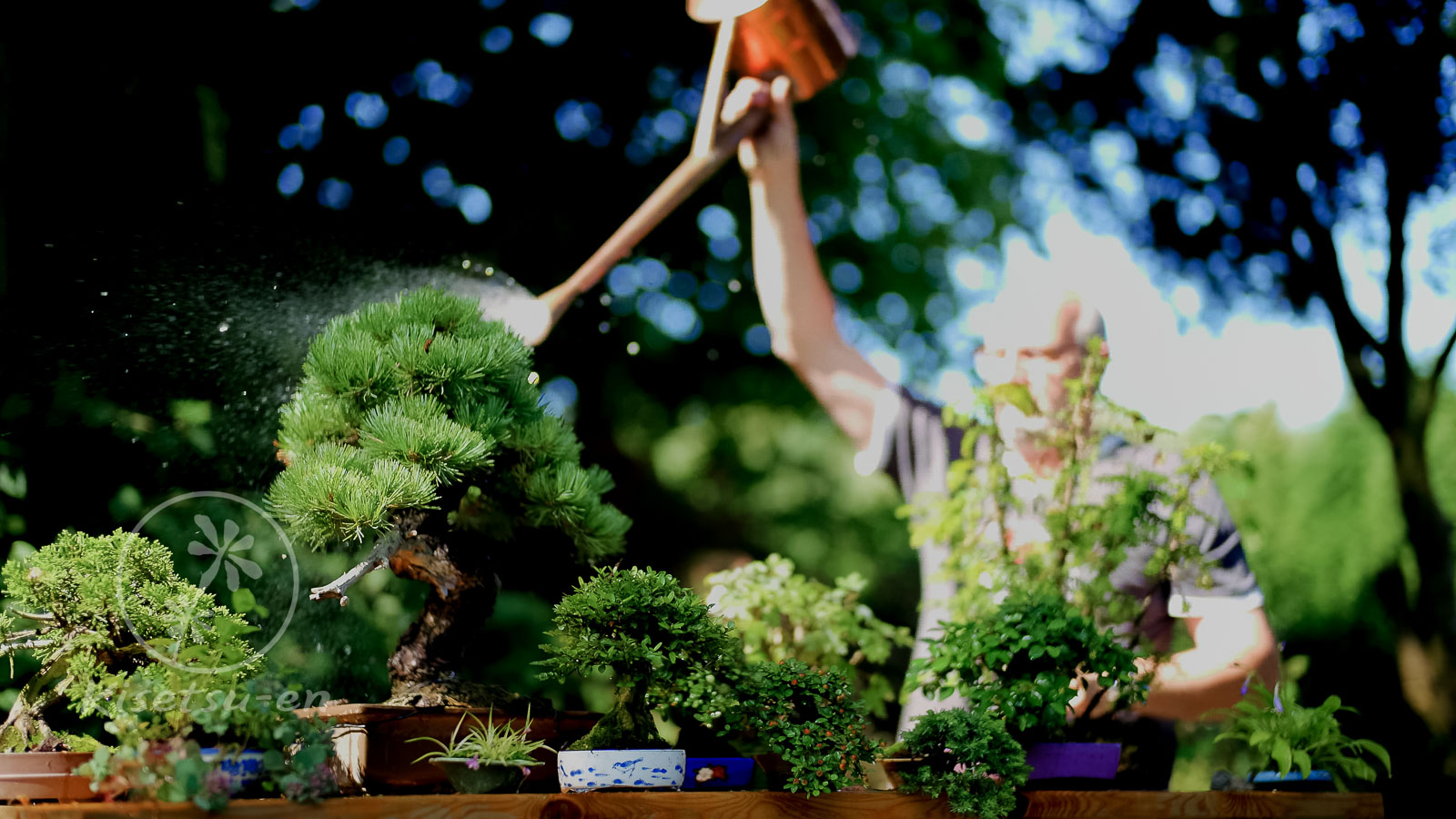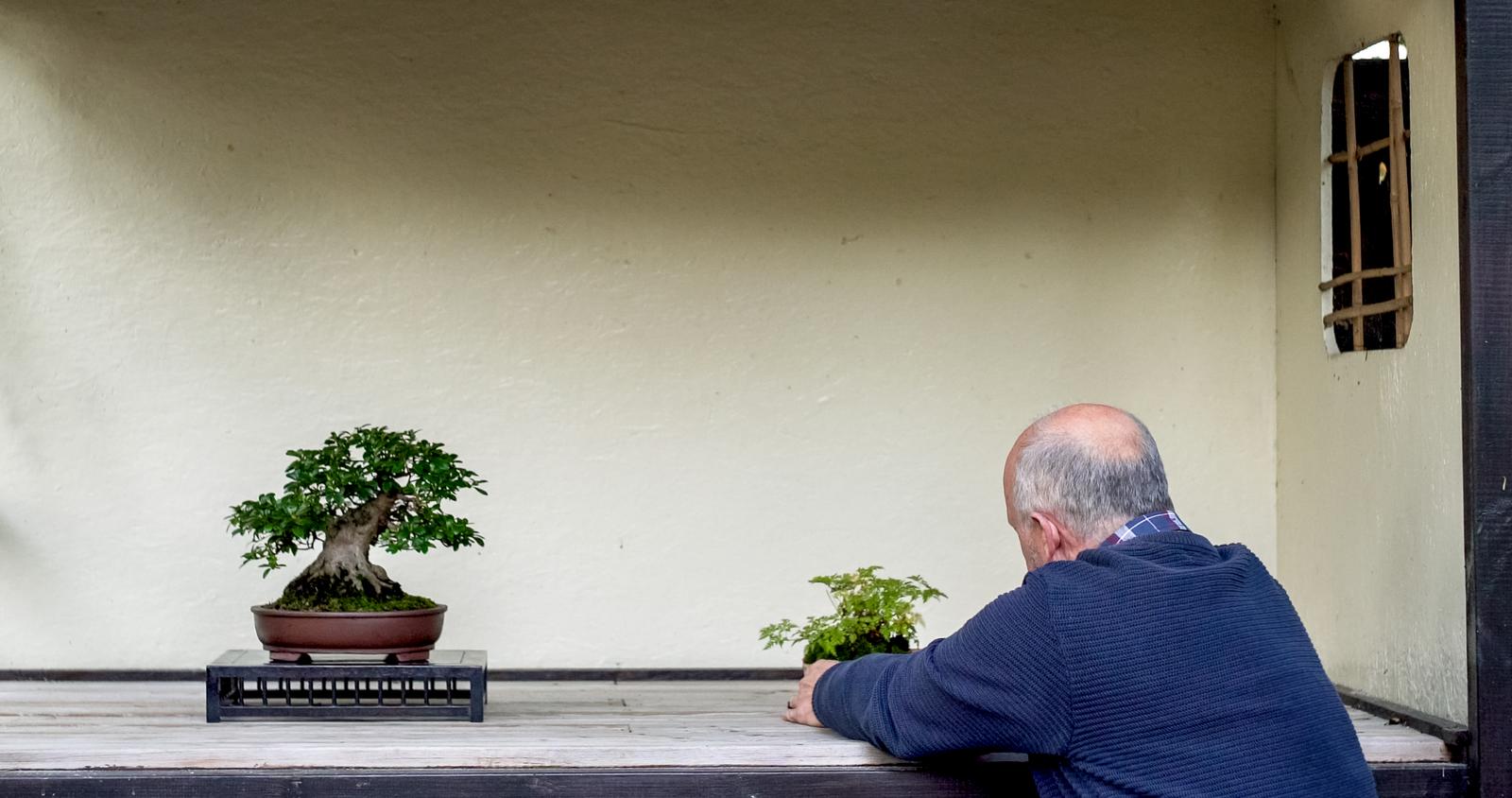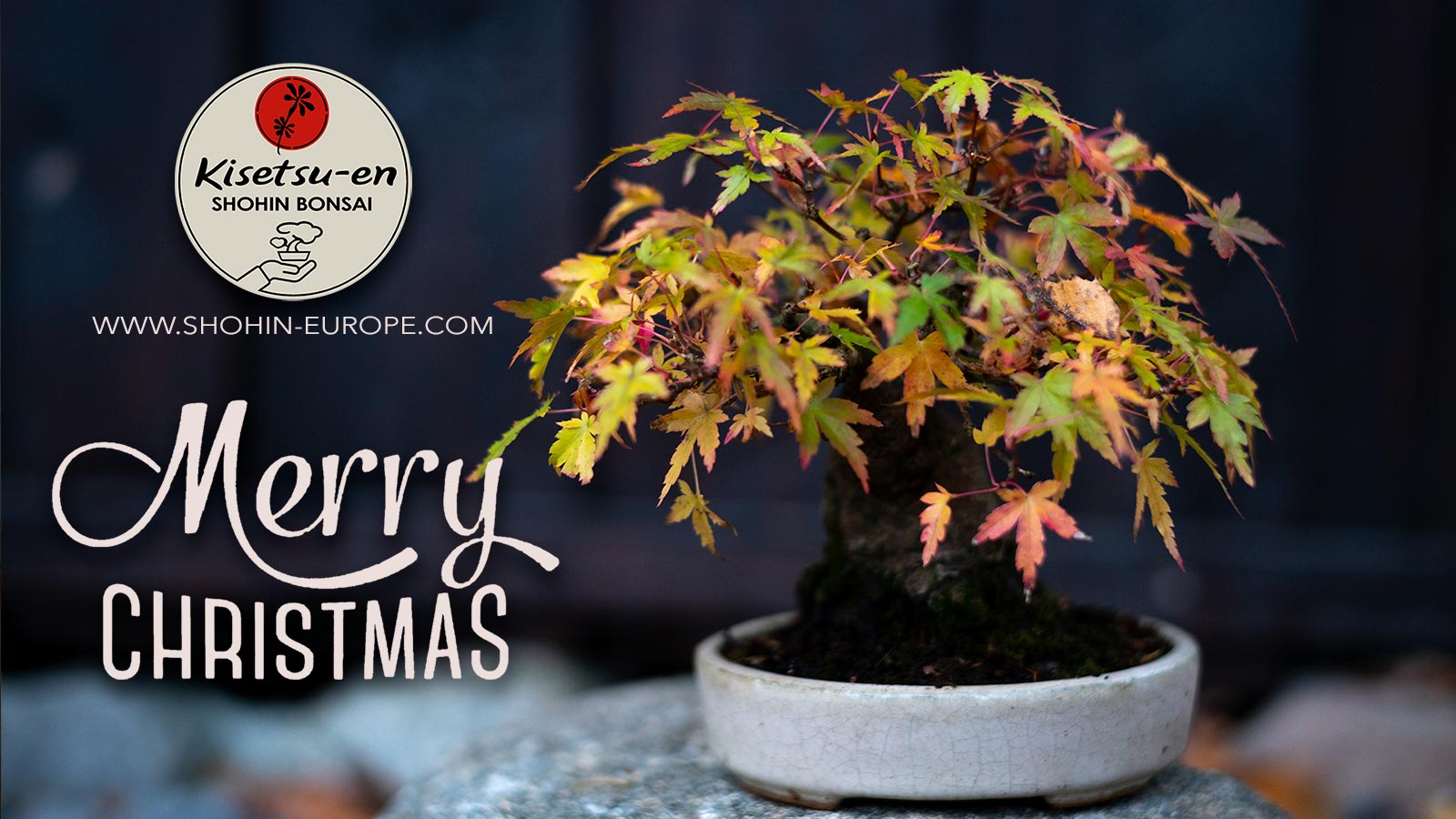
Bonsai growth
Bonsai ON Live Q&A was disrupted last night because we had a failing WIFI box. Fortunately, members kept on talking and helping each other online, when I was off-air. Therefore no recording this time. We apologize for that. I praise members for their spirit and how they just keep up the good talk and help each other when the teacher drops. 🙂 Thanks!
One subject discussed when I was still on was the use of bacteria products for better uptake of fertilizers. Especially useful when using chemical fertilizers. I have not used it myself, and I think we will discuss this further in the future.
When praising a product I have to put a word in for first testing such a product by setting up an environment that makes it possible to scientifically (more or less) make some clean studies, more than relying on a gut feeling. That’s my approach to that. That said. If you feel a certain way of doing things, and certain fertilizers or soil give you good results, then go for it as long as it makes sense.
Ideal growth of bonsai
When testing new products it is important to know that seasonal changes, different soils, variations of species and their growth influences the results. A good season with ideal temperatures, the correct PH value (water and soil), perfect fertilizing and optimal light may make it up for that extra product added.
Plants and trees have ideal temperatures where they grow most powerful and healthy. Bugs have the same habit which means they will produce more eggs and more small damaging killers at certain conditions. More unfortunate bud good to know. If bonsai have the ideal conditions you do not need to add a lot more than fertilizers to succeed. If we take it one step further, we have to look at why, when and how we fertilize. There is a huge difference between training a young tree in development and the delicate balance of keeping an established old bonsai just on track, keeping it dense and compact and just live and healthy.
I promised some links for the product so we can share the knowledge. Here are articles and the product so you can read more. I will wait and test it myself someday, and see what happens. Just remember that there is a huge difference between the needs and the way a tree grows in nature and how it is spoiled in a container. Therefore I often is holding back on adding more than necessary to the roots. They benefit especially from organic fertilizers and often they do not need much more ideally.
LINKS about DANU:
https://saruyama.co.uk/danu.php
https://www.probiocarbon.ie/shop-all-products?store-page=Danu-p217399241
See you next week with a new weekly video. Always published on a Thursday. This time we bring the mountain to the tree. Stay tuned.






3 Comments
Jon Aristone
Hi Morten, The one open item which you could not complete due to technical issues was the question from Dee on her Larch tree. We could not complete that among us, so that was one interesting question I hope we can cover next time. Thanks..Jon
Geoff Hobson
Yes we managed without you!! It was a bit frustrating, but these things happen at the worst times. Dee’s Larch was interesting and I think we came to the conclusion that the long branch on the left needed shortening and the tips of the other branches shortening, otherwise a nice little tree. Geoff.
albek
Hi Geoff. Absolutely frustrating. Thanks for being patient and continue the conversation. It is great having you people on board keeping the spirit and mood high. The wifi-connection is repaired so I trust we are steady next time 🙂